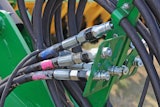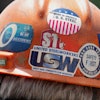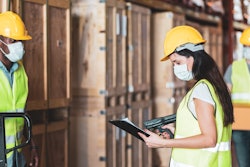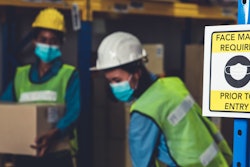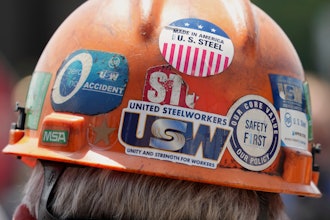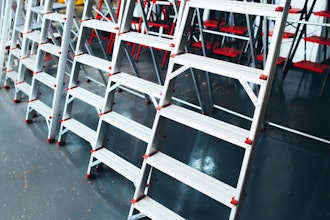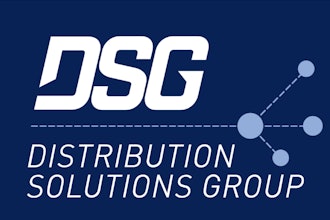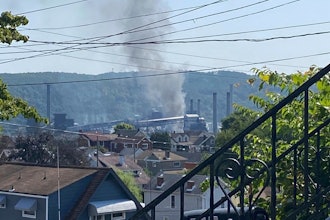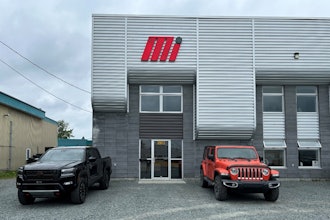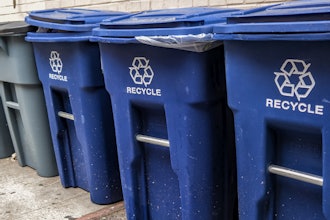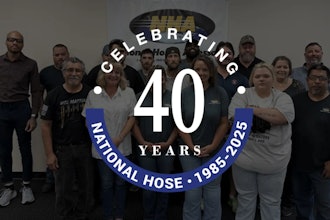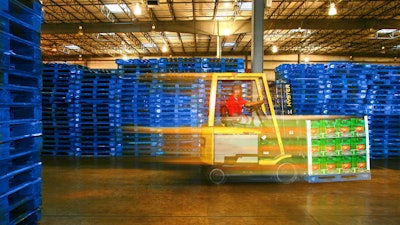
Today’s supply chain managers have their hands full coordinating goods as they move from the factory, to the warehouse, and finally to the store shelf. Even the smallest error can create a chain disruption that delays orders. That’s why it’s critical businesses don’t overlook one of the building blocks of goods movement: the pallet.
Of the nearly 2 billion wooden pallets in circulation across the U.S. each year, approximately 1.5 billion are remanufactured — repaired and reused, often after taking a beating in transit or at the store. If not continually maintained, they may not be able to hold up full loads of goods safely, and even if they can, some retailers use unsightly pallets as an excuse to outright reject a shipment. While wooden pallets are remarkably sturdy, they still need the same TLC other supply chain tools receive to ensure they remain reliable workhorses.
So, what steps should manufacturers and distributors take to keep their pallets viable? Let’s take a look at the top three challenges supply chain experts face when managing their pallets — and how to avoid them.
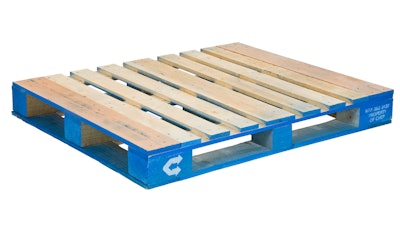 CHEP
CHEP
Challenge #1: Getting the right pallets to the right place, at the right time
For supply chains with access to a finite number of pallets, forecasting accuracy can lead to headaches. Businesses that keep tabs on historical sales data are better prepared to realign their pallet supply at different locations based on expected demand. However, if we’ve learned one thing from 2020, it’s that “Black Swan” events aren’t just theoretical. Whole sectors went dormant as the COVID-19 pandemic spread, and while some businesses had plenty of product but no use for pallets to move it, others faced a severe shortage of pallets to move in-demand items (think toilet paper and paper towels).
In addition, pallet transportation offers its own range of logistical complexities. Selecting the right size pallet for a specific truck can maximize the amount of product leaving the factory or warehouse in each shipment, while choosing an improper pallet can lead to unprofitable, empty space onboard, and can potentially cause product damage as the load is lifted into the truck.
Challenge #2: Keeping pallets shipshape and in circulation
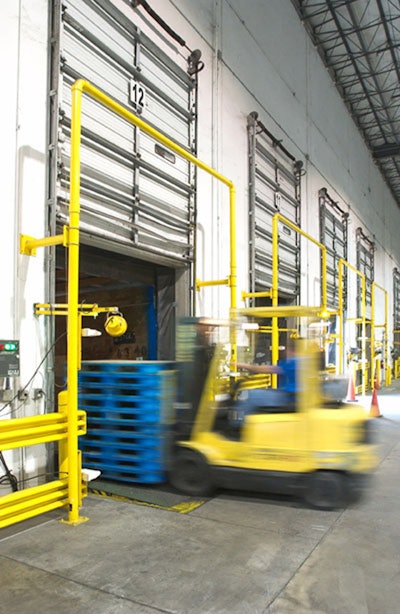 CHEP
CHEP
Challenge #3: Staying up to date with pallet safety and compliance
Businesses across industries are re-evaluating their safety protocols — and many of their efforts start in the supply chain. Managers are continually absorbing new regulations on two fronts: (1) policies aimed at protecting the goods moving through each step of the supply chain and (2) policies aimed at reducing risk of employee harm. Although these regulations may not seem as if they directly relate to pallets, their impacts are far-reaching.
Take, for example, fire codes and plastic pallets. Many of today’s fire suppression systems in the complete supply chain (production, storage, warehouses, stores) were developed to safely handle wooden pallets. In order for plastic pallets to be used and stored in a similar manner, without incremental investment in the existing fire suppression systems or insurance, NFPA 13, the International Fire 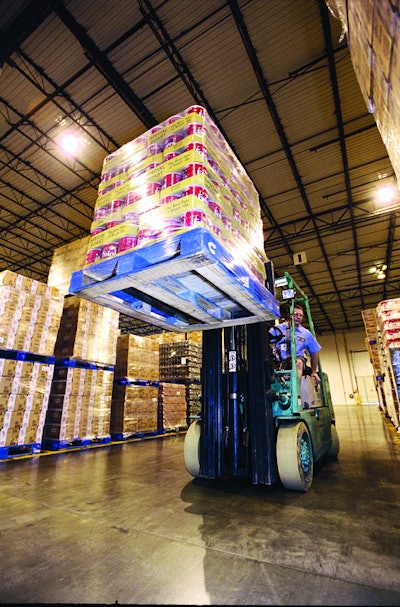 CHEP
CHEP
The solution: Invest in a share-and-reuse model
As the supply chain grows more complex, managers spend more time focused on the data involved in running each aspect of goods movement. Less attention is paid to the smaller but still complicated details, such as pallet management. That’s why investing in a share-and-reuse model has become an attractive alternative.
With share-and-reuse, businesses participate in a pallet pool run by a third party. They can increase or decrease the number of pallets they need at any given time, allowing flexibility in the event of a significant demand spike, and work closely with the pallet pooler to determine which pallets are best fit for their specific warehouses, storage systems and trucks. The pallet pooler continually pulls damaged pallets out of circulation and manages repairs, saving the business significant raw material costs. In addition, the pallet pooler is responsible for keeping up to date with the latest regulations, ensuring their pallets are insect-free, and reclaiming pallets in a timely manner once called to avoid idle pallet build-up.
 Merrill
Merrill
Drew Merrill is Vice President of National Accounts, CHEP USA
